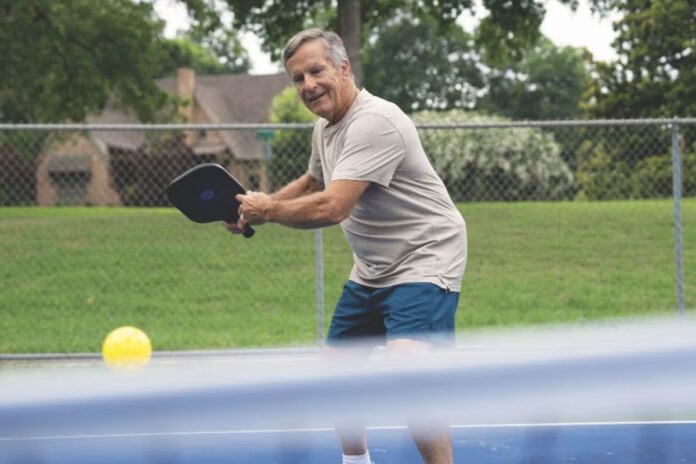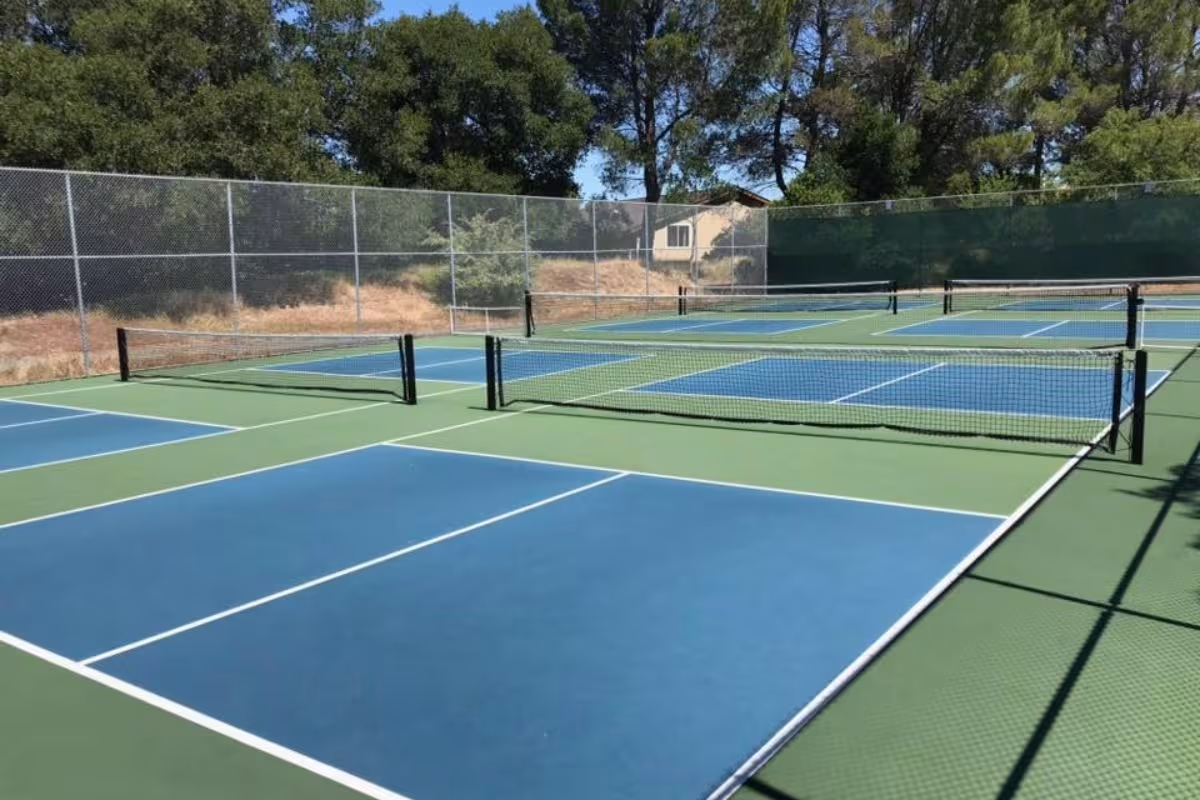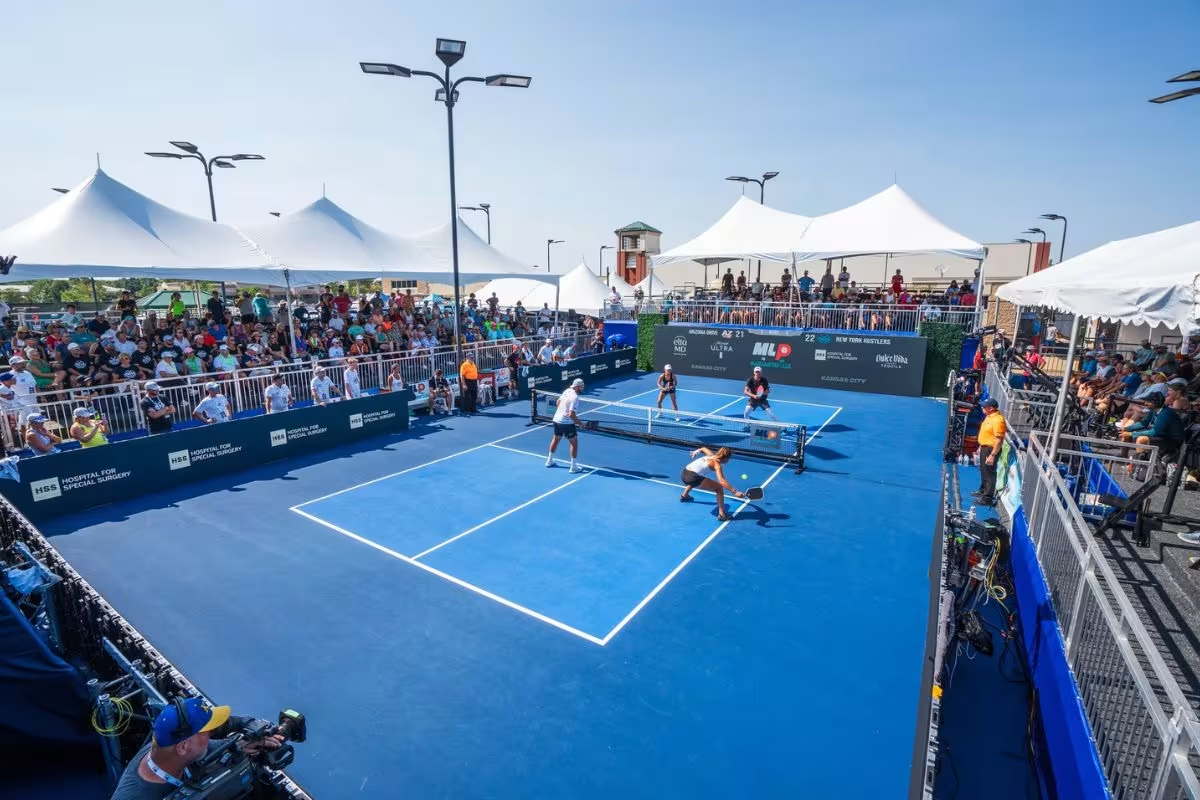Secrets to Overcoming Pickleball Fatigue: Pickleball, a sport that combines elements of tennis, badminton, and ping-pong, has surged in popularity over recent years. This rapid rise has transformed local community sports and has led to an array of health benefits and challenges for players. To explore critical aspects of pickleball, from the importance of understanding pickleball data to addressing health and injury concerns, while also examining the broader implications of this dynamic sport.
Understanding Pickleball Data
As pickleball’s popularity grows, so does the importance of analyzing pickleball data. Statistics on participation rates, player demographics, and tournament outcomes are essential for understanding the sport’s landscape. For instance, data shows that pickleball is particularly appealing to older adults, with many seeking it out for its low-impact nature. This trend is crucial as it highlights the sport’s role in promoting active lifestyles among aging populations. The demographic shift toward older players underscores the need for tailored programming and resources.
Additionally, examining tournament statistics can provide insights into competitive trends. Understanding which skills and strategies are most effective in various formats can help players improve their game. Moreover, data-driven coaching methods are becoming increasingly popular, enabling players to refine their techniques and performance through analytics.
Beyond participation rates and demographics, analyzing data on facility usage and court availability is essential. The rising demand for pickleball courts has prompted many communities to invest in more facilities. By tracking usage patterns, city planners can determine the best locations for new pickleball courts, ensuring they meet the needs of players. This proactive approach fosters a sustainable growth model for pickleball, allowing more players to join in on the fun.
Lastly, player feedback gathered through surveys and studies can enhance the overall experience for everyone involved. Understanding players’ preferences regarding tournament formats, court conditions, and community events can lead to improved programming and increased satisfaction. Engaging with players through data collection fosters a sense of community and ownership, ultimately driving pickleball’s growth and longevity.
Addressing Pickleball Fatigue and Health
While pickleball offers numerous benefits, including cardiovascular exercise and social engagement, it can also lead to player fatigue, particularly during long tournaments or intense play sessions. Understanding pickleball fatigue is vital for maintaining player health and performance. Coaches and players should prioritize hydration, proper warm-up routines, and cooldown practices to combat fatigue effectively. Without these considerations, players may find themselves struggling to keep up during critical moments in matches.
Moreover, fatigue management isn’t solely about physical conditioning; it also encompasses mental stamina. Pickleball requires quick decision-making and strategic thinking, both of which can falter under fatigue. Implementing mental exercises and mindfulness techniques can help players remain focused and engaged throughout their matches. Coaches should encourage players to develop strategies that address both physical and mental fatigue to optimize performance.
In addition to hydration and mental readiness, players must be aware of the physical demands of the sport. Engaging in a balanced training regimen that includes strength training and flexibility exercises can help mitigate the risk of injury and enhance overall performance. Players should focus on building core strength and improving their agility to better handle the unique movements required in pickleball. This approach not only reduces the likelihood of fatigue but also empowers players to take control of their health and performance.
Understanding the signs of fatigue is crucial for maintaining a healthy playing experience. Players should learn to recognize when their bodies are telling them to slow down, whether through soreness, decreased energy levels, or difficulty concentrating. By fostering a culture of awareness around pickleball fatigue, we can help create an environment that prioritizes player health, ensuring that everyone can enjoy the game to its fullest.
Managing Pickleball Injuries
Injuries can be a common concern in any sport, and pickleball is no exception. From sprains to strains, understanding the types of injuries associated with pickleball is critical for player safety. Many injuries arise from improper technique or lack of conditioning. Educating players about proper form, such as maintaining a low center of gravity during play, can significantly reduce the incidence of injury. Players should also be encouraged to seek coaching that emphasizes technique and safety.
Moreover, warming up before matches is essential for injury prevention. A thorough warm-up routine prepares the body for the demands of the game, increasing blood flow to muscles and improving flexibility. Including dynamic stretches and sport-specific drills can effectively enhance a player’s readiness for competition. By establishing a culture of proper preparation, players can take proactive steps to safeguard their health.
Additionally, the importance of recovery cannot be overstated. Players should prioritize rest days and incorporate injury prevention strategies, such as stretching and strength training. Understanding the importance of recovery time allows players to bounce back more effectively, reducing the risk of long-term injuries. Moreover, integrating practices like foam rolling and yoga can help maintain flexibility and mobility, crucial factors in preventing injuries.
By building a culture of awareness around pickleball injuries, we can create a safer playing environment for everyone involved. This proactive approach benefits individual players and enhances the overall reputation of the sport. Communities that prioritize player safety and education will attract more participants, contributing to the sport’s growth and longevity.
Exploring the Benefits of Pickleball
The benefits of pickleball extend beyond physical health. This engaging sport promotes mental well-being through social interaction and friendly competition. Many players report feelings of joy and satisfaction after playing, highlighting pickleball’s role in improving overall quality of life. The social aspect of the game fosters a sense of community, allowing individuals to forge meaningful connections while enjoying an active lifestyle.
Moreover, pickleball is an accessible sport, often requiring minimal equipment and space. This low barrier to entry makes it appealing to a broad audience, encouraging more people to participate. Players only need a paddle and a ball, and they can easily find a court or even set up in a local park. As communities invest in more pickleball courts and facilities, the sport’s benefits will only expand, fostering a healthier and more connected society.
Engaging in pickleball also contributes to physical health, offering a great workout that improves cardiovascular fitness, balance, and coordination. Studies show that regular participation in pickleball can help lower the risk of chronic diseases, including obesity and diabetes. For those looking to maintain an active lifestyle, pickleball serves as an excellent choice due to its combination of fun and fitness.
The sport is an excellent way to alleviate stress and promote overall mental health. Engaging in physical activity releases endorphins, which can help reduce anxiety and improve mood. As more individuals recognize these benefits, we can expect the popularity of pickleball to continue rising, shaping healthier and happier communities.
News in Brief: Secrets to Overcoming Pickleball Fatigue
As pickleball continues to grow, it is crucial to analyze its data, address potential fatigue and injuries, and recognize the benefits it offers. By understanding these elements, players, coaches, and communities can create a safer, more enjoyable playing environment.
ALSO READ: Pickleball Risks for Players Over 50: How to Stay Safe on the Court



